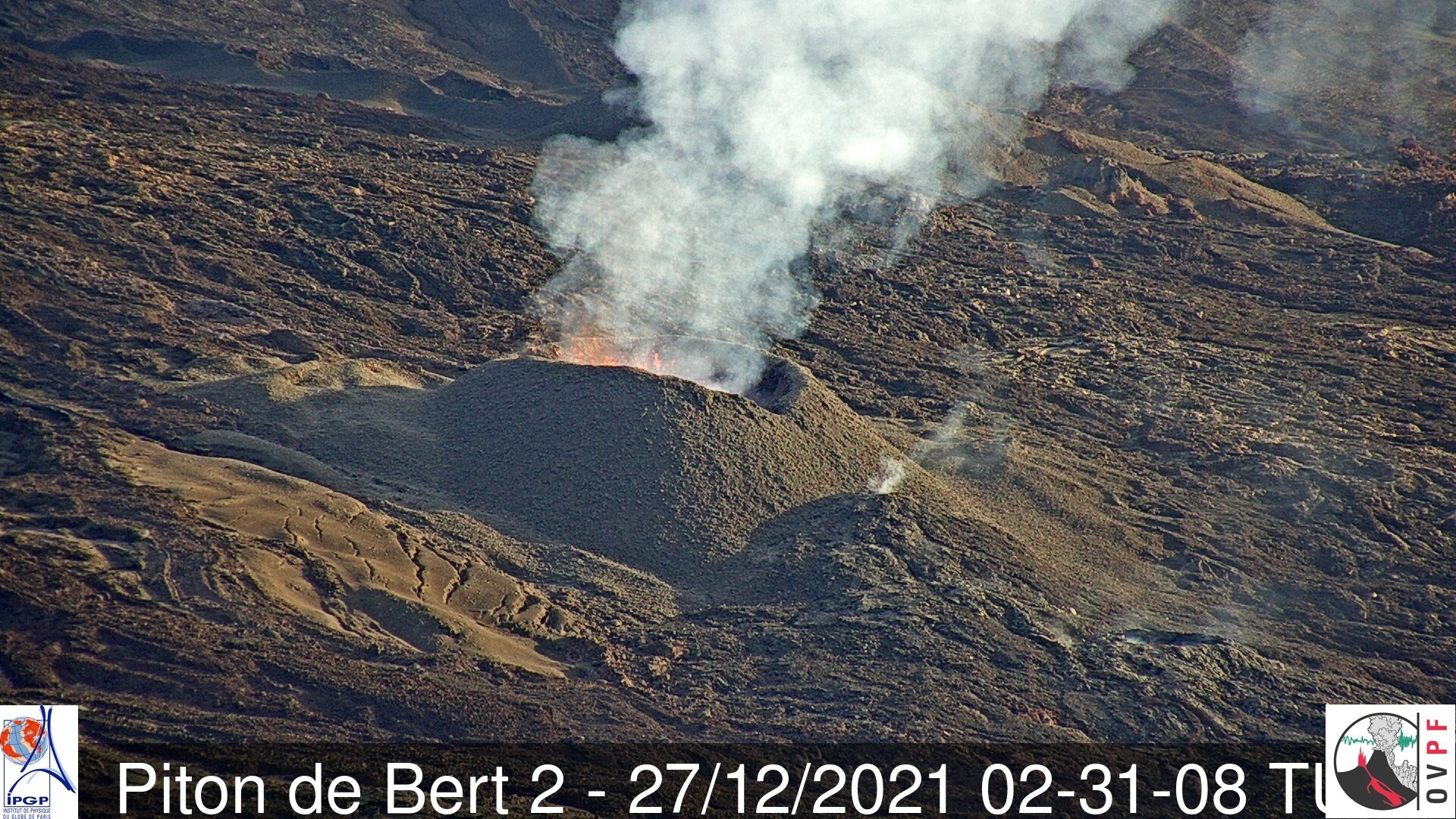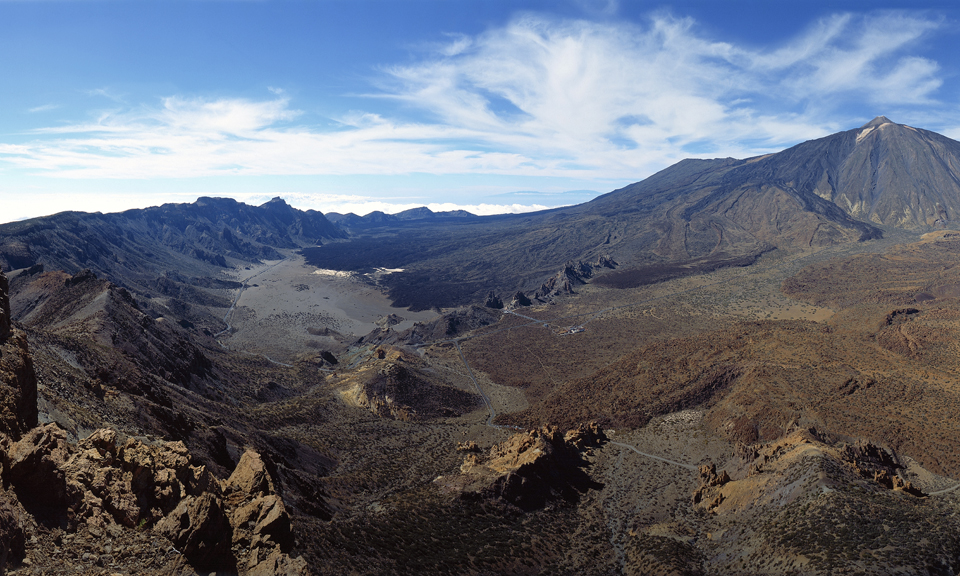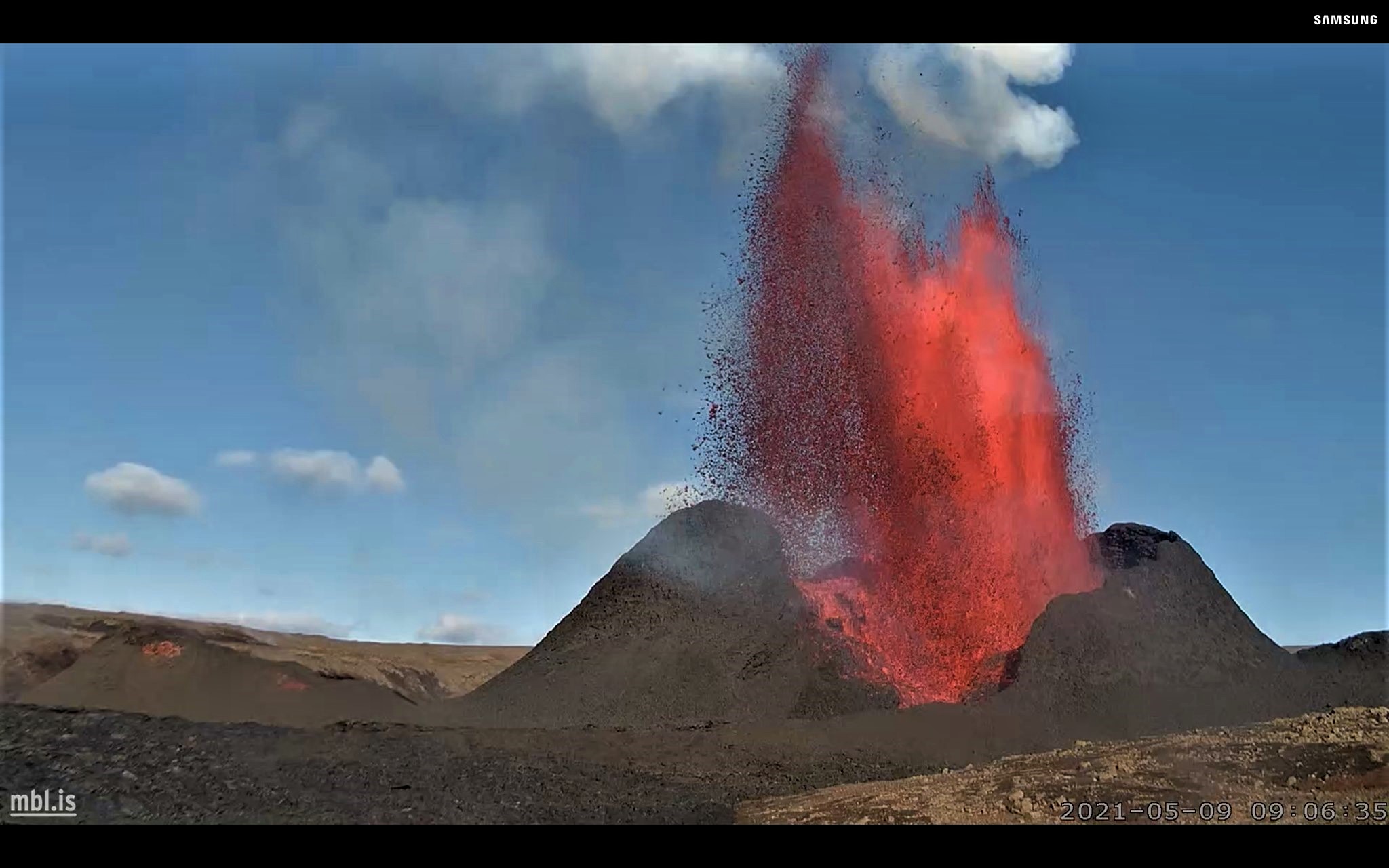December 27, 2021. EN . Iceland : Reykjanes Peninsula , La Reunion Island : Piton de la Fournaise , Vanuatu Archipelago : Yasur , Ecuador : Sangay , Spain : Tenerife .
December 27 , 2021. Iceland , Reykjanes Peninsula : Update on the earthquake swarm in Geldingadalir , Update on 26.12. at 15:20 The earthquake swarm that started on…



